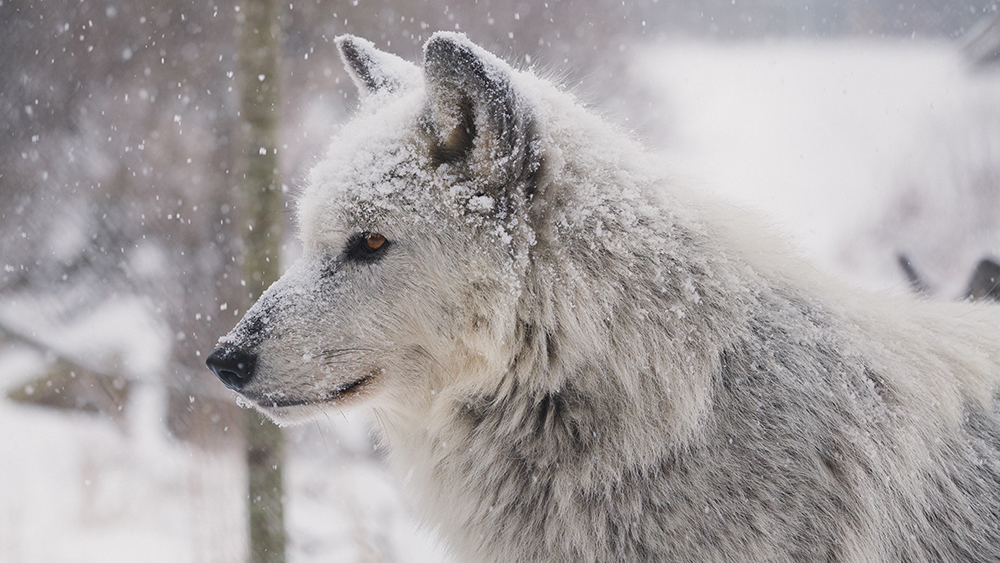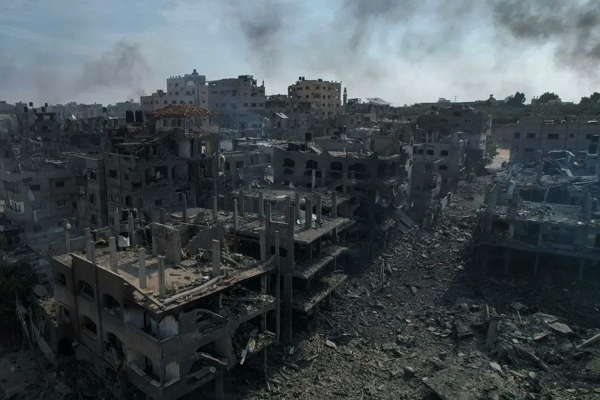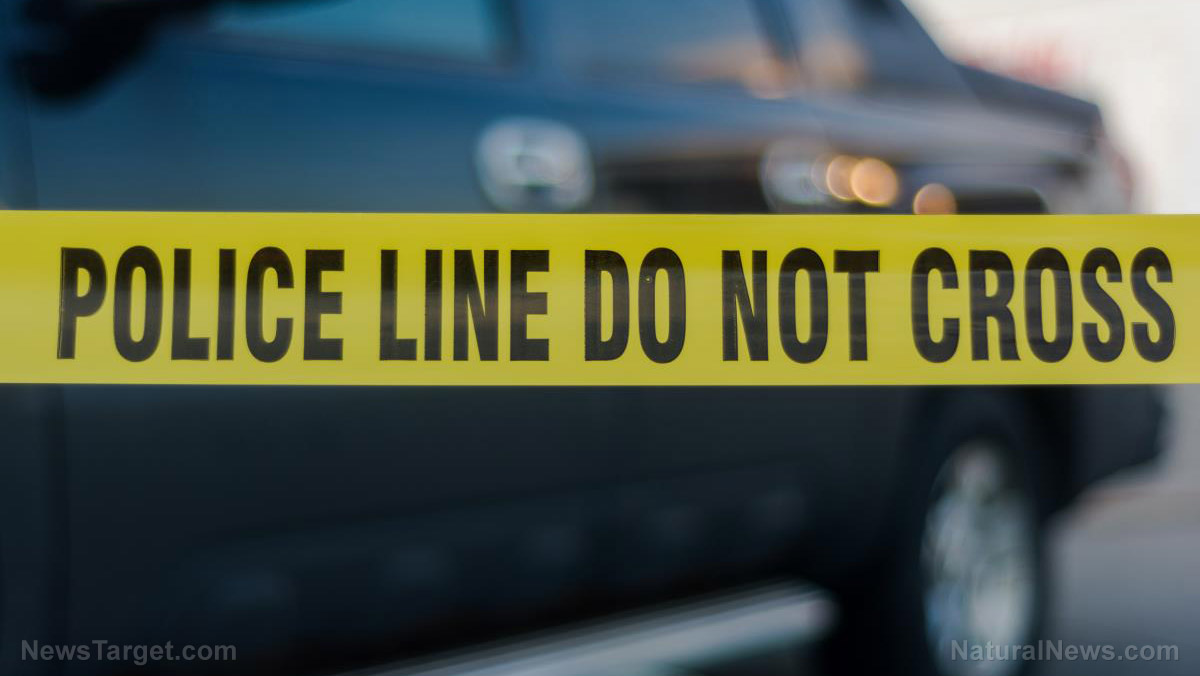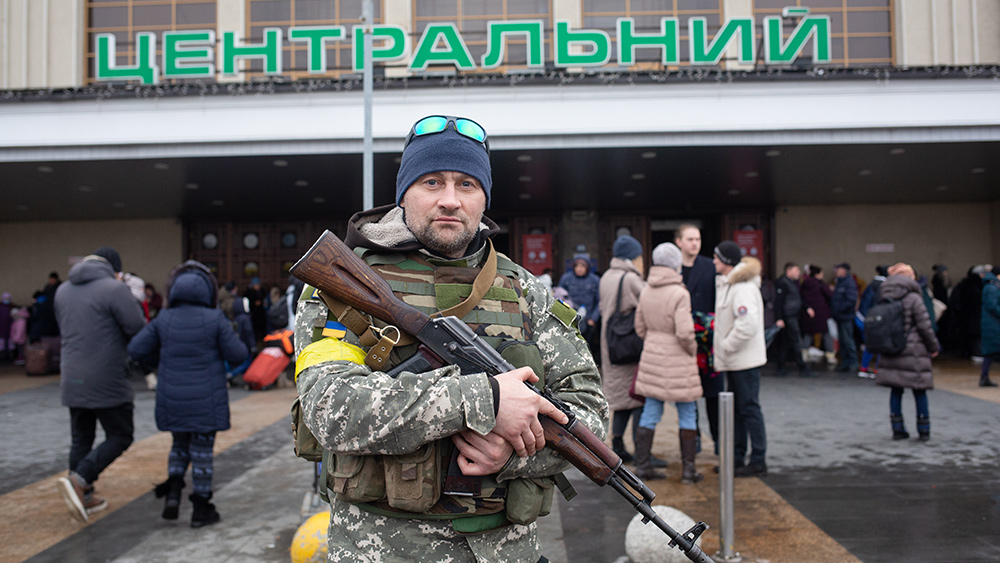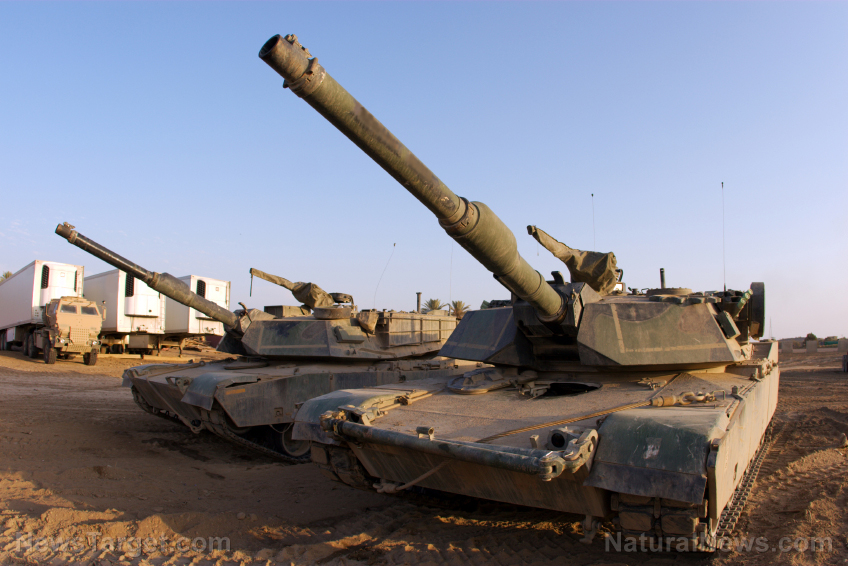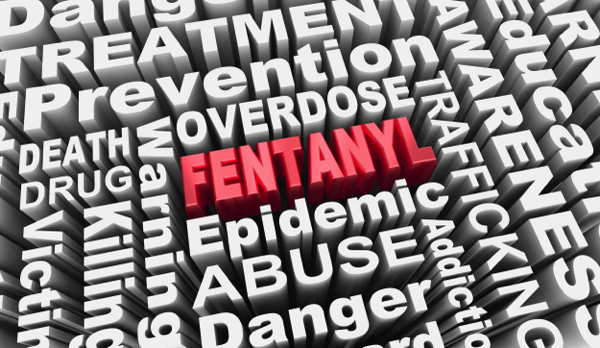 Parler
Parler Gab
Gab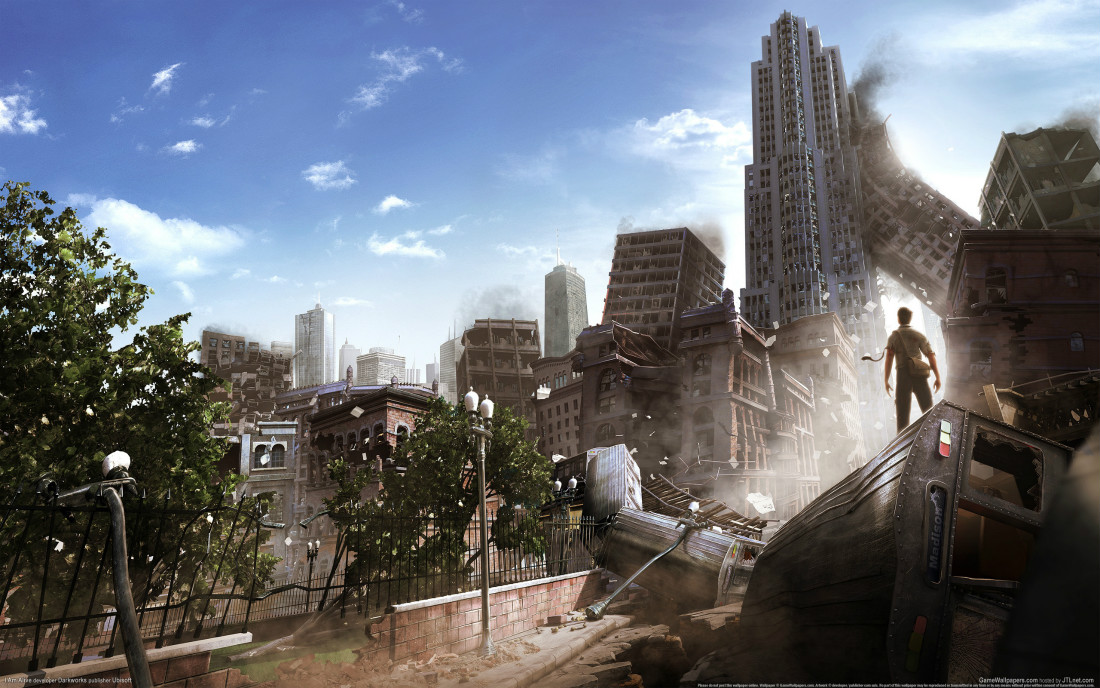
- Traditionally "safe" states like Montana, North Dakota, Missouri, Arizona and Illinois are now facing new risks due to infrastructure decay and geopolitical tensions. These areas, once considered secure due to their isolation and smaller populations, are becoming increasingly vulnerable to threats that were previously overlooked.
- History shows that no region is immune to disaster. The Midwest, for example, has faced significant seismic activity (e.g., the 1811–1812 New Madrid earthquakes) and climate-induced crises (e.g., the 1930s Dust Bowl). These events highlight the region's susceptibility to natural disasters, which are now compounded by modern challenges like terrorism.
- Arizona faces severe water shortages due to drought and competition for the Colorado River, with potential for conflict and terrorism. Colorado suffers from recurring droughts, wildfires and political polarization that could lead to civil unrest. Illinois struggles with aging infrastructure and flood risks, leaving it unprepared for large-scale disasters.
- Missouri is at risk due to the New Madrid Seismic Zone, which could cause catastrophic damage to infrastructure. Montana and North Dakota, while remote, are vulnerable to attacks on critical infrastructure like nuclear silos and oil fields, with potential nationwide consequences.
- The concept of safety is being redefined by shifting environmental and political landscapes. Awareness and adaptation are crucial for mitigating risks.
Historical context: The illusion of safety
Since the Cold War, Midwest and Mountain West states have been viewed as secure havens, far from coastal hurricanes and international conflict zones. Yet history proves that no region is immune to disaster. The New Madrid earthquakes of 1811–1812, which reshaped the Mississippi River, serve as a stark reminder of the Midwest’s seismic risks. Similarly, the Dust Bowl of the 1930s revealed how climate stressors could devastate agricultural heartlands. Today, similar threats, supercharged by modern challenges, are re-emerging.Arizona: water wars and border vulnerabilities
Arizona’s rapid growth hinges on the Colorado River, but severe droughts and upstream demand are straining supplies. The state's water infrastructure is a ticking time bomb and terrorism could trigger a crisis overnight. Meanwhile, proximity to Mexican cartels adds another layer of risk, with border towns like Nogales facing persistent security challenges.Colorado: droughts and social tensions
Colorado’s idyllic mountain towns conceal mounting threats. Four severe droughts since 2002 have fueled wildfires and water shortages, while population growth exacerbates resource competition. Denver’s political polarization, which was epitomized by urban-rural divides, also raises concerns about civil unrest. It's worth noting that water scarcity isn’t just an environmental issue; it’s a potential flashpoint for conflict.Illinois: floods and failing infrastructure
Chicago’s skyline may symbolize resilience, but the city sits on aging sewers and flood-prone plains. A breach in the region’s water systems, whether from neglect or sabotage, could paralyze the Midwest. Illinois isn’t ready for another Katrina-scale disaster, especially due to the state’s lack of irrigation systems for farms during prolonged dry spells.Missouri: New Madrid Fault a sleeping giant
The New Madrid Seismic Zone, quiet for over 200 years, could unleash earthquakes with magnitude of up to 8.0. Such an event would cripple Missouri’s brittle bridges and leave St. Louis cut off from aid. When these bridges rupture, the aftermath will make Hurricane Helene look minor. (Related: Prepper essentials: Why bucket food is a game-changer for emergency preparedness.)Montana and North Dakota: Remote but at risk
Montana’s solitude is both a blessing and a curse. Its nuclear silos and unpatrolled borders make it a potential target for attacks, while winter isolation could strand residents during grid failures. North Dakota’s oil fields, which are critical to U.S. energy, are equally vulnerable. An EMP or sabotage here would ripple nationwide.Key aspects of the best bug-out locations
Selecting the best bug-out location can spell the difference between life and death. And while it may be tempting to prioritize remote, uninhabited areas, legal considerations should be your priority. Trespassing on private land could land you in trouble, especially before disaster strikes. If you're still undecided on where to bug out when SHTF, here are some factors to keep in mind:- Accessibility – Your chosen location should be reachable in emergencies without being easily discovered.
- Natural protection– Try to find a location that is safe from natural disasters like floods or wildfires.
- Self-sufficiency – When deciding on a location, find one with access to clean water, food sources and materials for shelter.
More related stories:
Pantry refresh: How to organize storable foods for easy, nutritious meals. Foraging 101: Best US states to forage for food after SHTF. Survival-friendly locations: The 5 best (and worst) states for preppers. Prepping 101: What are the best states to live in during a pandemic? Sources include: AskAPrepper.com PremierBodyArmor.com Brighteon.comCRISPR revives dire wolves, igniting de-extinction debate
By Willow Tohi // Share
Zelensky extends martial law again, delaying elections amid legitimacy concerns
By Cassie B. // Share
Gaza’s last functioning hospital bombed as Israel escalates offensive
By Cassie B. // Share
Suspect admits targeting Pennsylvania governor in arson attack
By Cassie B. // Share
Ukraine wants 30,000 conscripts MONTHLY to continue its senseless war with Russia
By Ramon Tomey // Share
Governments continue to obscure COVID-19 vaccine data amid rising concerns over excess deaths
By patricklewis // Share
Tech giant Microsoft backs EXTINCTION with its support of carbon capture programs
By ramontomeydw // Share
Germany to resume arms exports to Israel despite repeated ceasefire violations
By isabelle // Share
